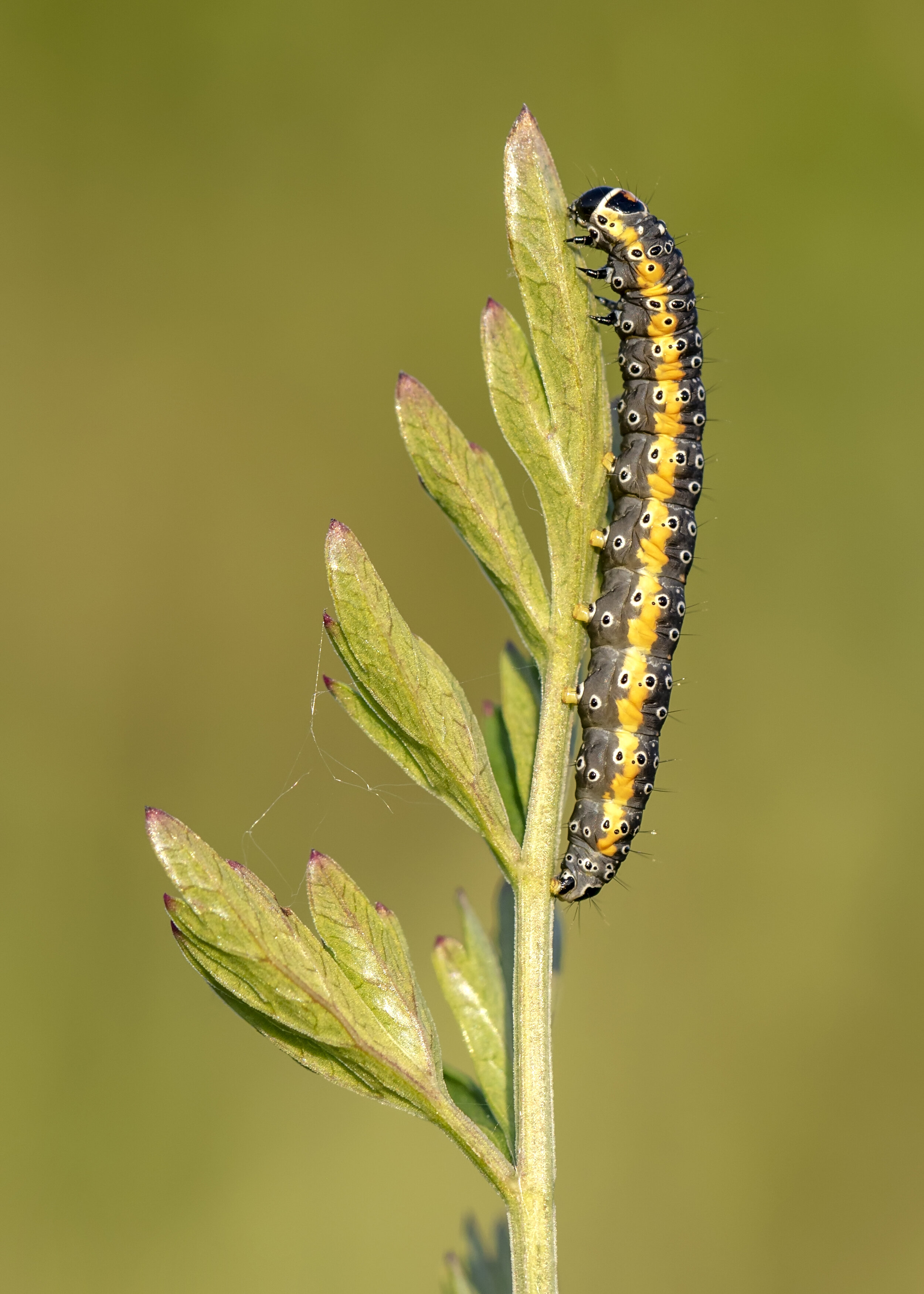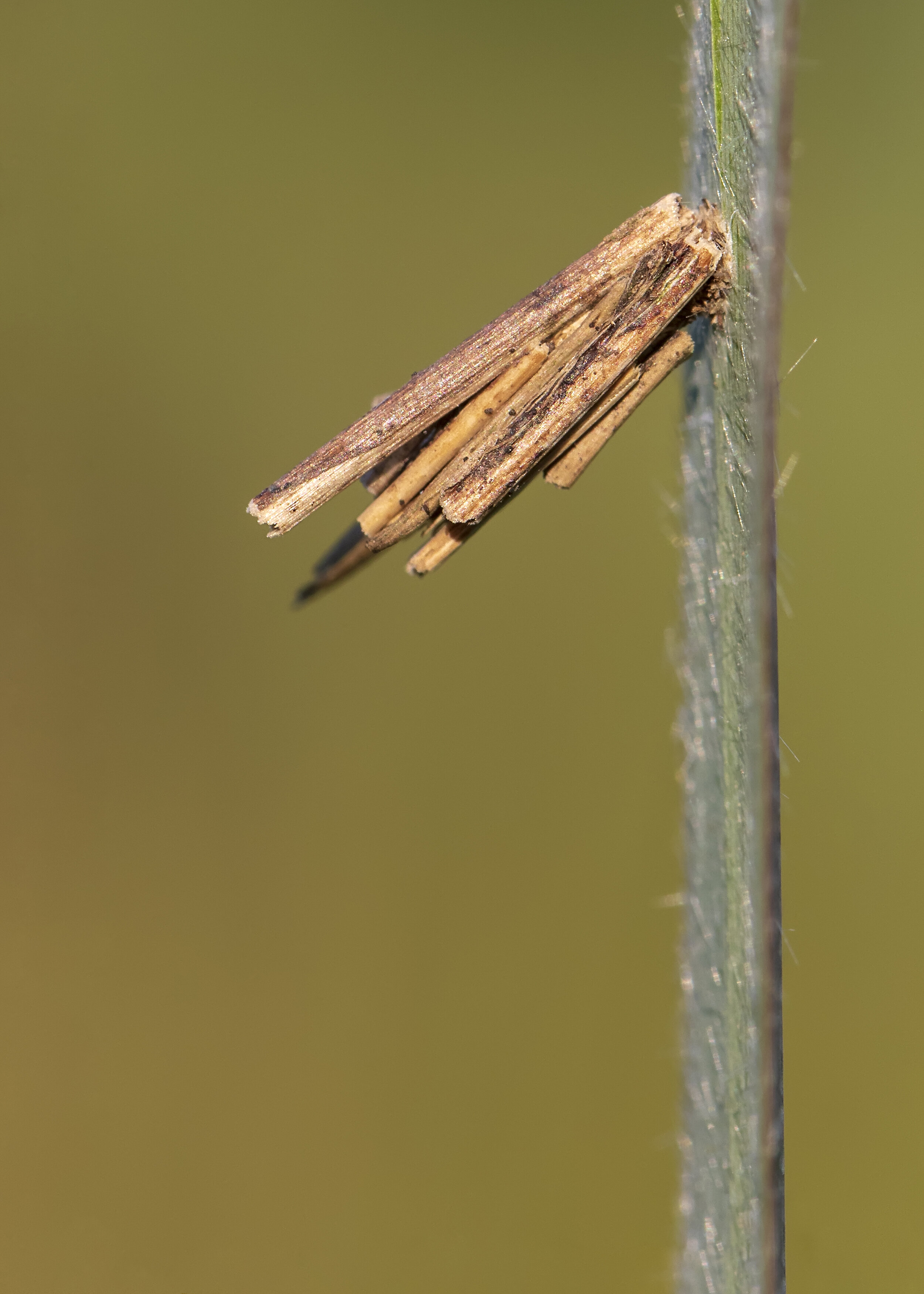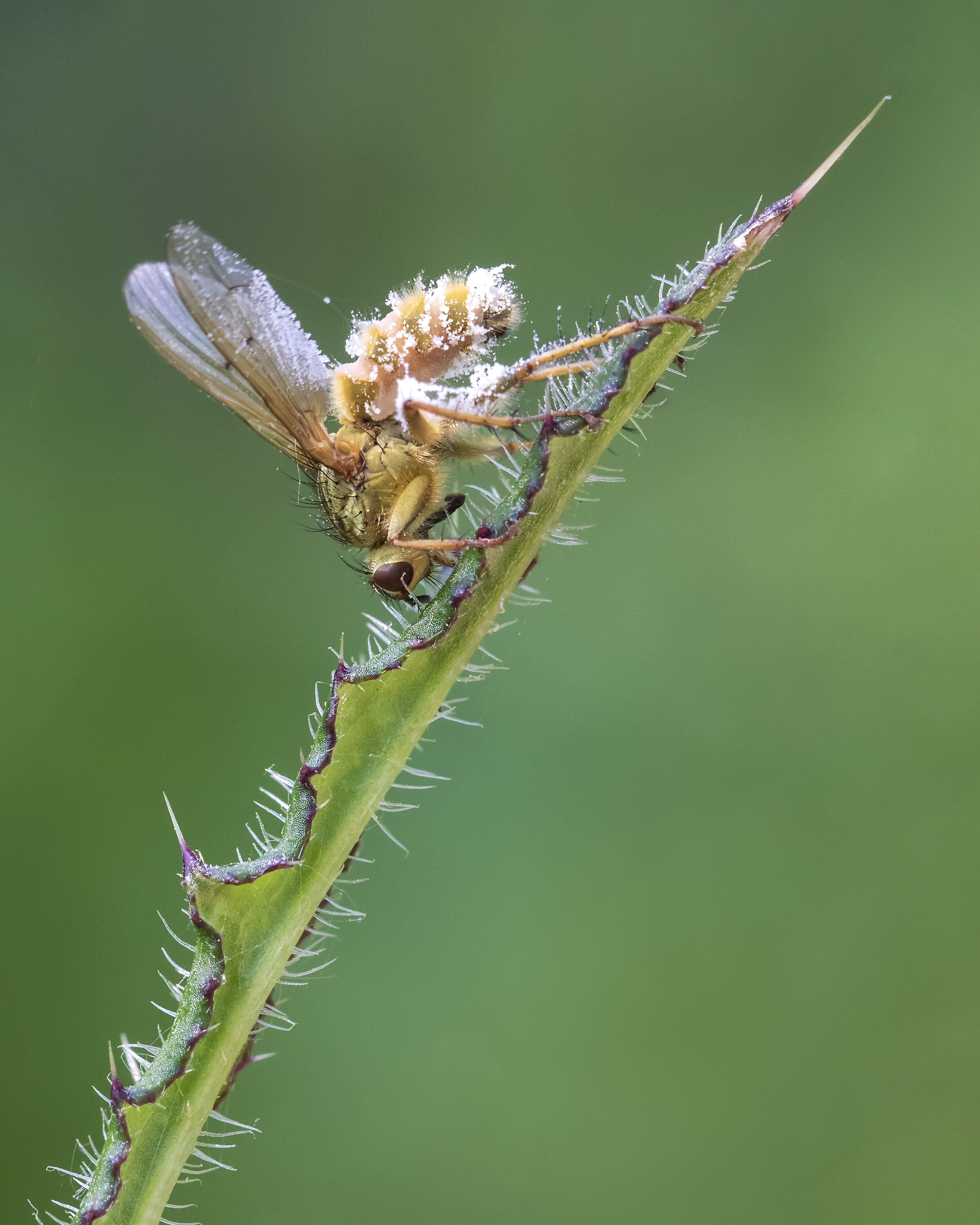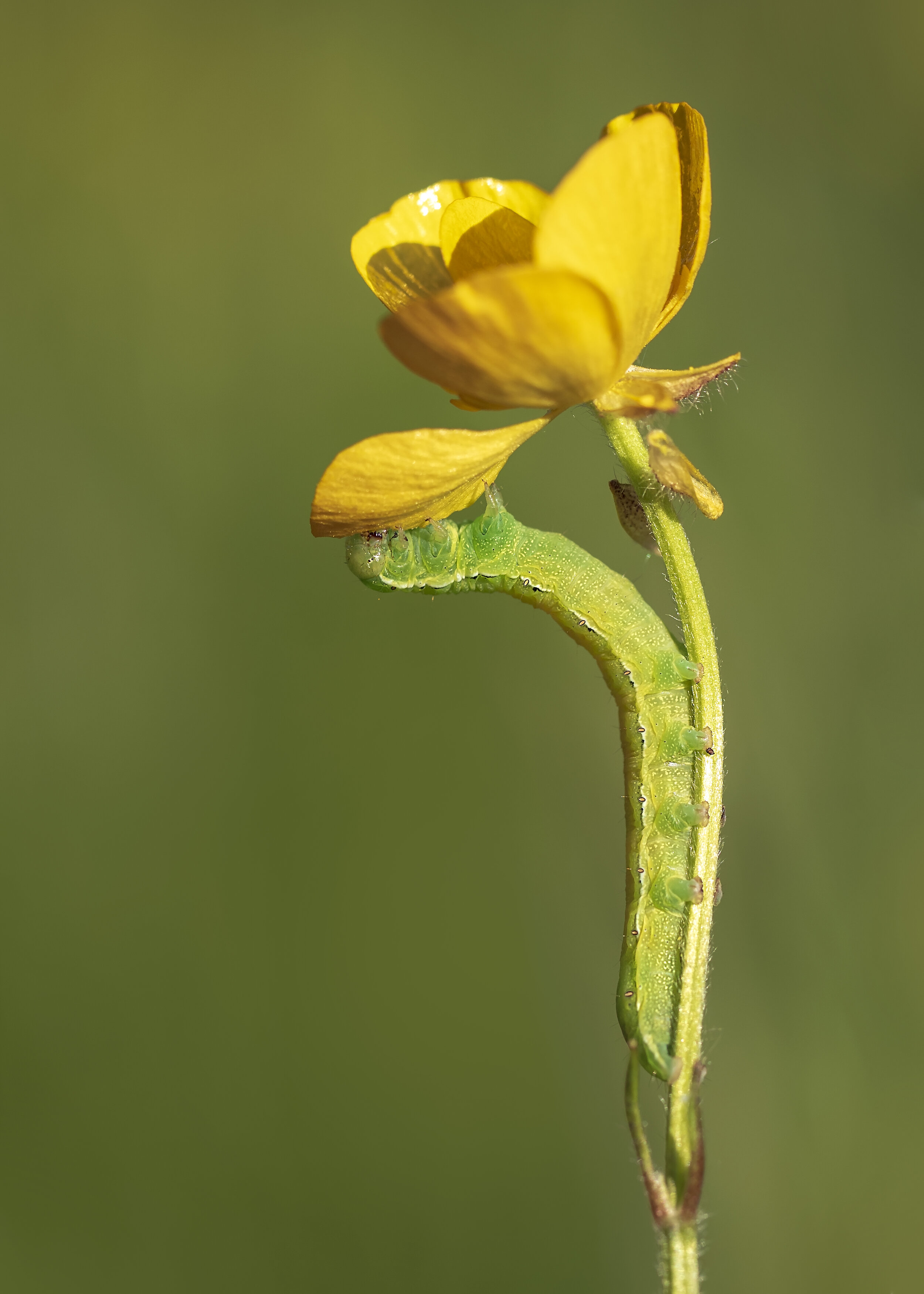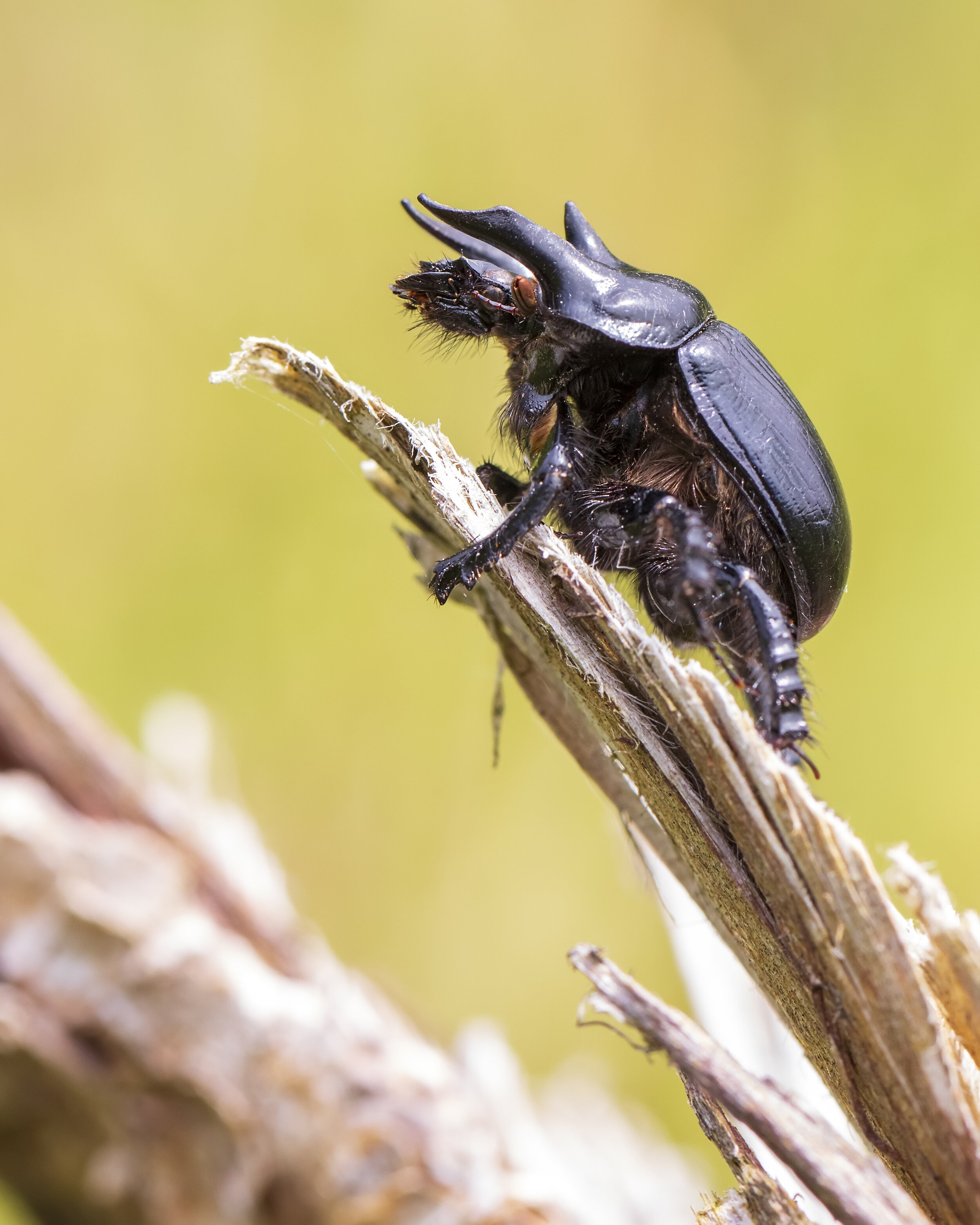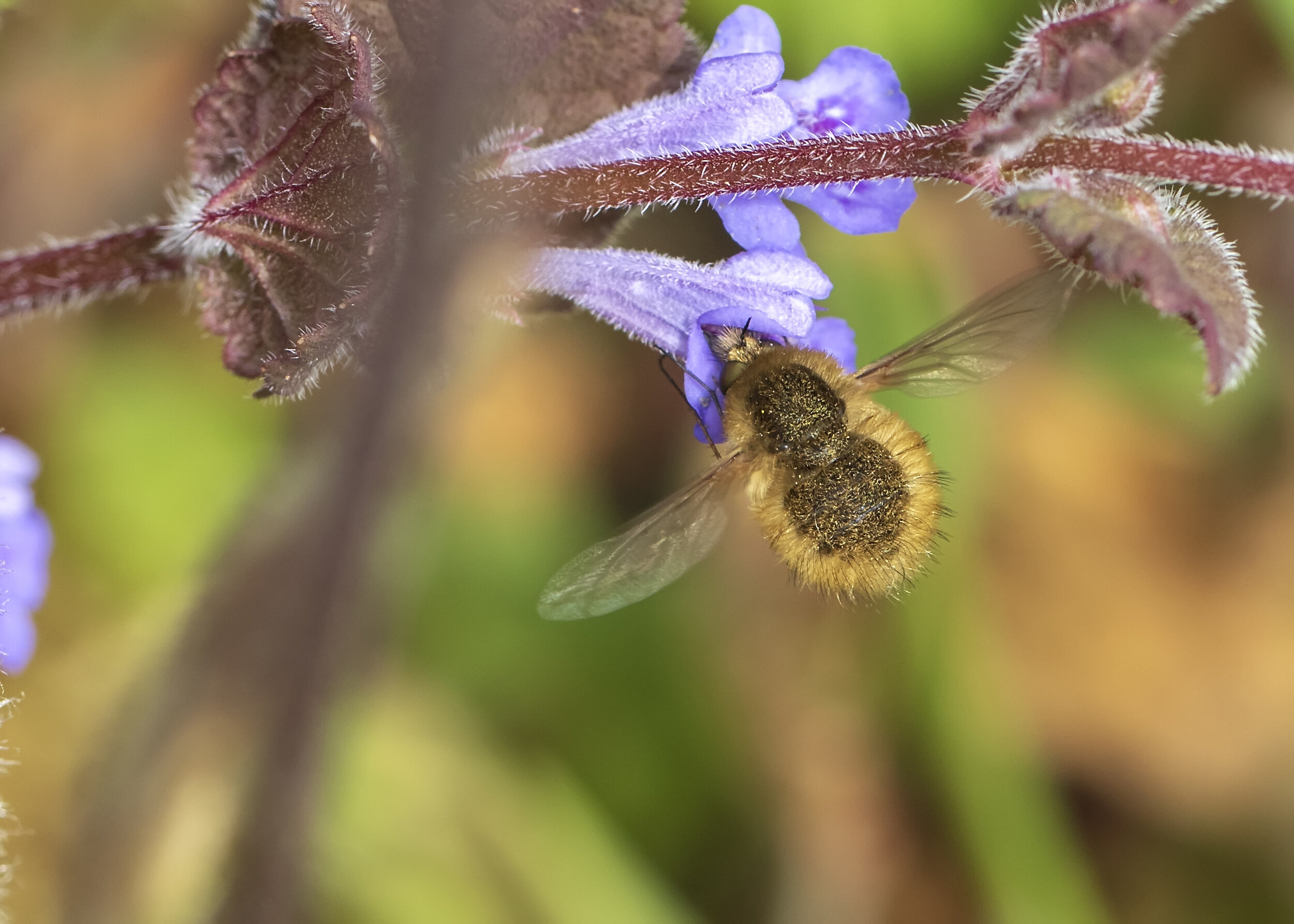The thinking at the start of this pandemic was, that nature would finally get the break that it deserves, with less air, water and noise pollution and some areas being left alone as people aren’t able to get to them to cause disturbance, such as upland ground breeding birds. Grass has been left to grow, so wild flowers have been given a chance to grow also, giving insects the boost they need. It hasn’t all been positive however, as during this lockdown we have seen a rise in ‘wild’ fires, caused by people of all ages but mostly children and young adults, wether on purpose or by accident and neglect of putting camping fires our disposable BBQ’s out properly. Disposal of fag ends also cause more wild fires than people realise, as in dry heat such as what we’ve been having for over a month now, all it takes is that little bit of help in the right habitat and it becomes a huge problem. For ground nesting birds, it’s a disaster. I monitor several Nightjar territories, many of which are currently black following fires. All the heather that was once present is gone, leaving charred sticks but thankfully, the bracken has still sprouted thru giving them a little bit of cover. This Male Nightjar is roosting on the only part of the branch that wasn’t burnt, which makes you wonder if it sat their whilst the fire burnt around him. It’s a sad thought when you think of all the animals, reptiles, insects and mammals that weren’t able to get away from the fire in time.
Some Males have avoided ground roosting entirely and have taken to the tree’s instead. They are a little more vulnerable to predators in the tree’s so it’s not the best solution but at-least the canopy gives them a little shade in the heat of the day.
This tree roosting Male put on a good performance after the sun dropped. Singing for so long my arm was ready to drop off holding the parabolic setup. I had hoped he would give a nice clapping performance at the end of this 5 minute bout but nope, he just stopped singing as he got distracted by a moth.
Once the female was up however he resumed to his short performances, ending each bout with a clapping bubbling displaying which is by far my favourite part of their song. If the female was happy with the performance they’ll mate either on a close perch or even on the ground.
As you’ll know by now I also have a fascination with mimicking birds and I’ve noted quite a lot of unique ones lately. The Song Thrush I hear on the gwent levels coastline usually have wader calls in their song, usually loud birds like Curlew, Oystercatcher or Whimbrel, and this is pretty standard across the levels, showing generations of local breeders that are faithful to at-least this sort of habitat on the coast.
In contrast to this, my semi-upland sites have been found to mimic anything from Nuthatch, Green Woodpeckers and to add to that list, Tawny Owl and Nightjar!
Here is a typical Tawny Owl ‘Kivvik’ call and below is a section of a Song Thrushes song, mimicking perfectly this Kivvik call.
The same bird moments later started mimicking a male Nightjar Call! Which would explain why it’s been so difficult to find them at dusk lately lol as it’s not just one Song Thrush doing this either, there’s three or four in that area that have the same phrases.
On the note of odd singers, I keep hearing this aberrant Willow Warbler song in the same area, which was the very bird that sparked a conversation about Iberian Chiffchaff. This bird has the start notes of a Willow Warbler, but the delivery expected of a Chiffchaff.
I’m still yet to get a pic of this bird but it does look to have pale legs so most certainly an aberrant Willow Warbler.
I’ll leave you with a closeup portrait of this Male Nightjar. Let’s hope the recent rain will prevent any further fires from causing anymore hinderance to their breeding season.



